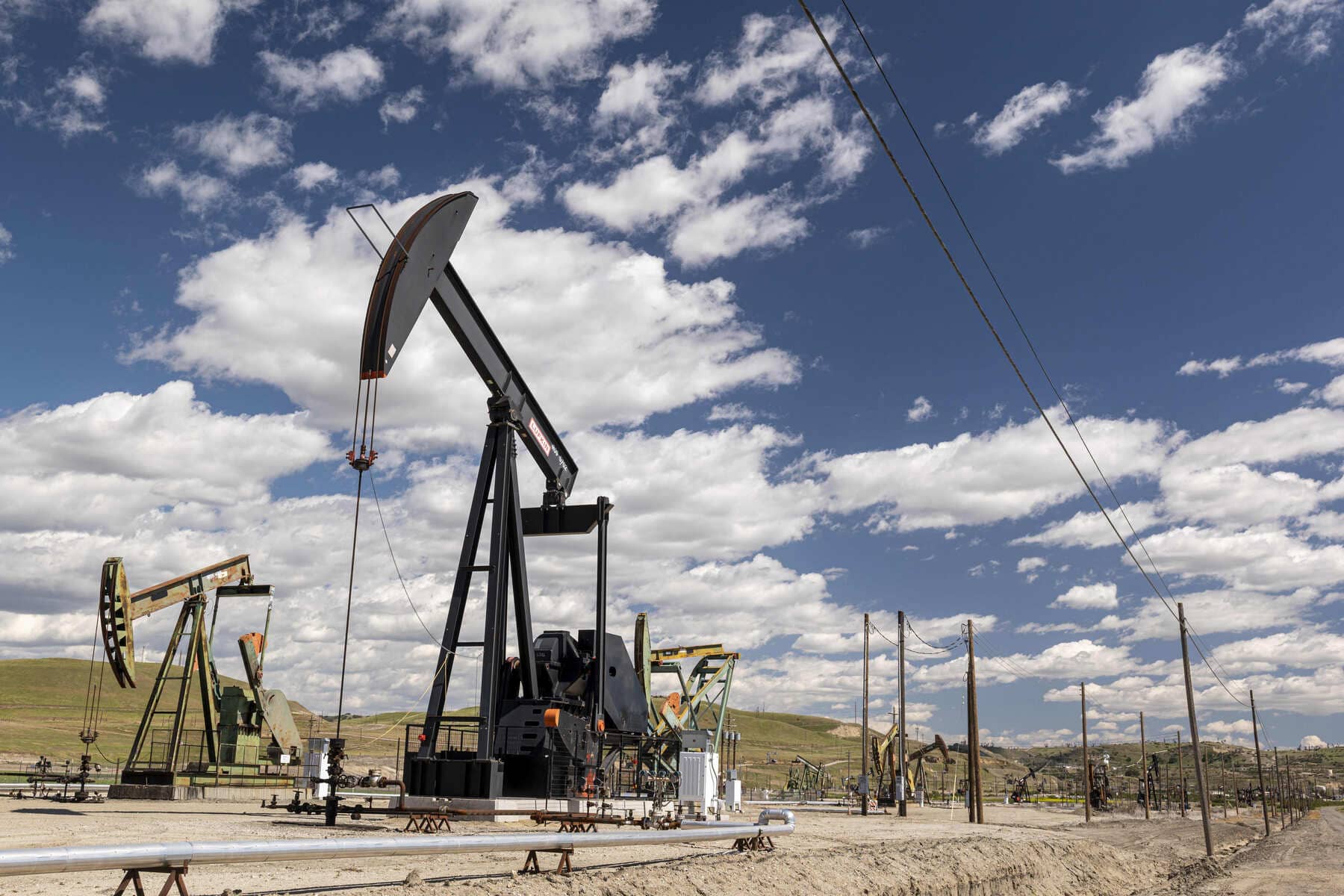Swiss investment bank UBS has lowered its oil price forecasts from the second half of 2023 to the first quarter of next year (2024).
The investment bank expected more withdrawals from the strategic oil reserves in light of the additional voluntary production cut announced by several OPEC+ countries, with increasing demand during the summer.
The bank’s analysts estimated – in a recent report seen by the specialized energy platform – that the current demand for oil is about 101 million barrels per day.
factors for the decline in oil prices
UBS analysts indicated that oil prices rebounded in early April 2023 after several members of the OPEC + alliance announced voluntary production cuts of 1.66 million barrels per day, starting in May and continuing until the end of the year.
However, prices have since traded near the lows seen in early 2022.
The report – of which the energy platform obtained a copy – indicated that many market participants had a positive outlook on prices at the beginning of the current year (2023).
However, investors avoided adding new purchases, due to fears of a recession in the United States, as well as weak economic data from China, despite the International Energy Agency’s estimates that Chinese demand reached a record high of 16 million barrels per day in March. March.
Other factors include doubts about Russia’s pledge to cut production by 500,000 barrels per day in recent months in light of rising oil exports, as well as higher crude exports from some Middle Eastern oil producers in April.
This has led to concerns about weak production compliance, but the rise in exports is likely due to lower domestic demand.
The following chart – prepared by the specialized energy platform – shows the expectations of oil demand and supply in 2023:
Oil market forecast
UBS analysts wrote – in their report issued today, Wednesday (May 17, 2023) -: “We have noted that annual changes in OECD commercial oil inventories clearly explain changes in the price of Brent crude.”
The increase in inventories – boosted by the release of strategic oil reserves last year (2022) – has affected prices since mid-2022, according to the investment bank.
“We expect to see larger drawdowns from inventories in the coming months,” said Giovanni Stanovo, a commodities analyst at Swiss bank UBS and co-author of the report.
And with oil production declining in May 2023 due to voluntary production cuts by the OPEC+ alliance and forest fires in Canada, UBS expects oil production to decline again by about 100 million barrels per day in the second quarter of 2023, from about 101 million barrels per day in First Quarter.

At the same time, oil demand is likely to approach 102 million barrels per day in June 2023, supported by higher demand in the northern hemisphere, fueled by the driving season in the United States, and a similar rise in the Middle East, which uses oil in Generation of electricity to cool buildings.
The bank’s analysts also expected the oil market to suffer a supply shortage of approximately 1.5 million barrels per day in June 2023.
Oil price forecast
In this context, UBS analysts believe that investors will return to the oil market, as larger withdrawals from inventories become visible, which in turn supports prices.
Therefore, the Swiss bank maintained positive price expectations, but lowered them, given that it expected Russian oil production to remain at around 9.6 million barrels per day, and not drop to around 9 million barrels per day.
UBS cut its forecast by $15 per barrel for Brent crude at $90 and WTI at $85 per barrel, by the end of September 2023.
He also expected Brent crude to reach $95 per barrel, and WTI to $90 per barrel, by the end of December 2023 and the end of March 2024, down $10 per barrel from his previous forecast.
Oil prices today
Today, Wednesday (May 17, 2023), oil prices continued their losses for the second day in a row, in light of a decline of about 1%.
By 07:10 a.m. GMT (10:10 a.m. Mecca time), benchmark Brent crude futures – July 2023 delivery – fell by 0.75%, to $74.35 a barrel, according to information seen by the specialized energy platform.
West Texas Intermediate crude futures – for June 2023 delivery – also fell by 0.90%, to record a barrel of $70.22.
This comes amid traders’ caution in the wake of a sudden rise in US oil inventories, which raised concerns about demand in the wake of weaker-than-expected economic data from the US and China.
related topics..
Also read..

Leave a Reply